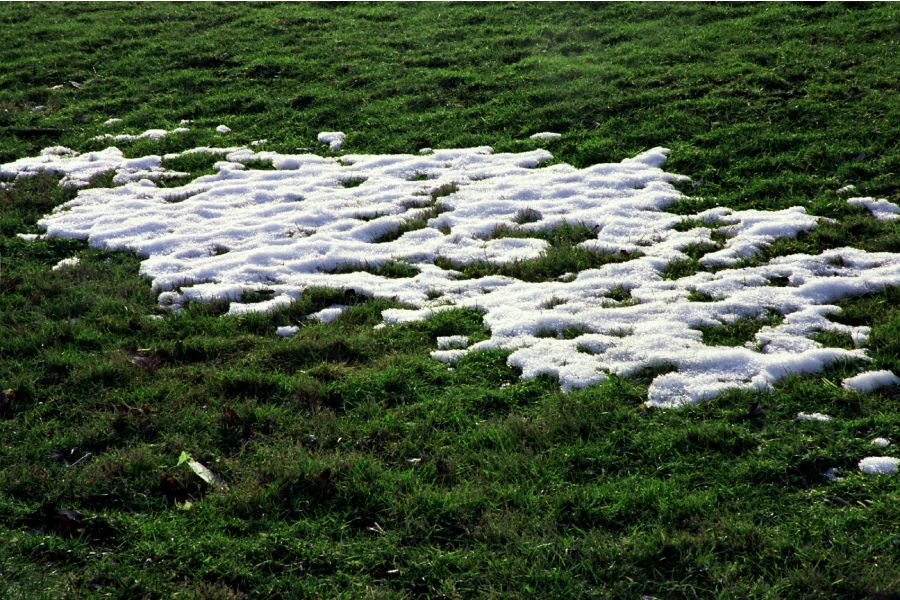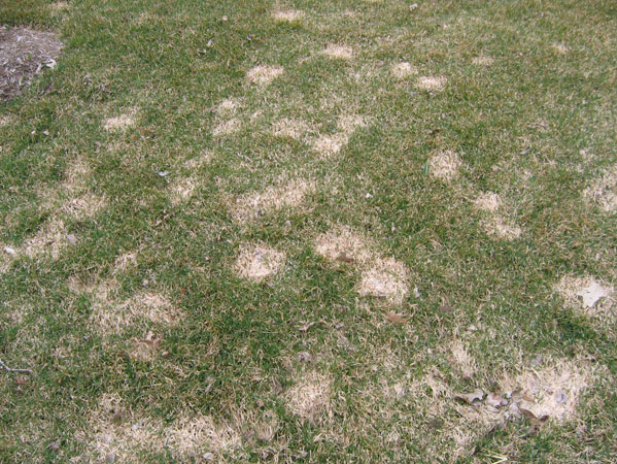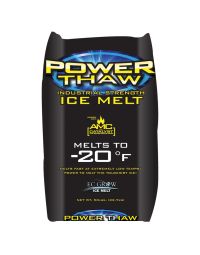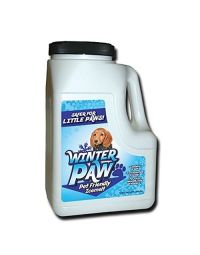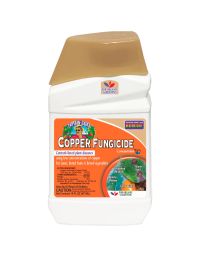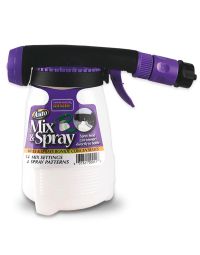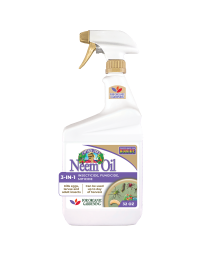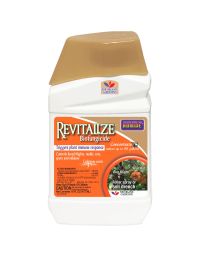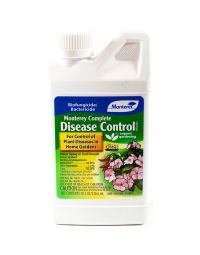Here at Gertens, we offer professional advice on how to maintain your plants during winter, including how to protect your lawn from salt damage. Although it may not always seem necessary to care for your plants during winter, it is key to ensure you will enjoy a beautiful garden in the Spring.
Evergreens
Knock it off! With any heavy snowfall, it is important to gently knock all the snow off your evergreens. The extra weight can break and damage branches, which can cause an unsightly mess come Spring. It is best to use a soft broom or a leaf blower.
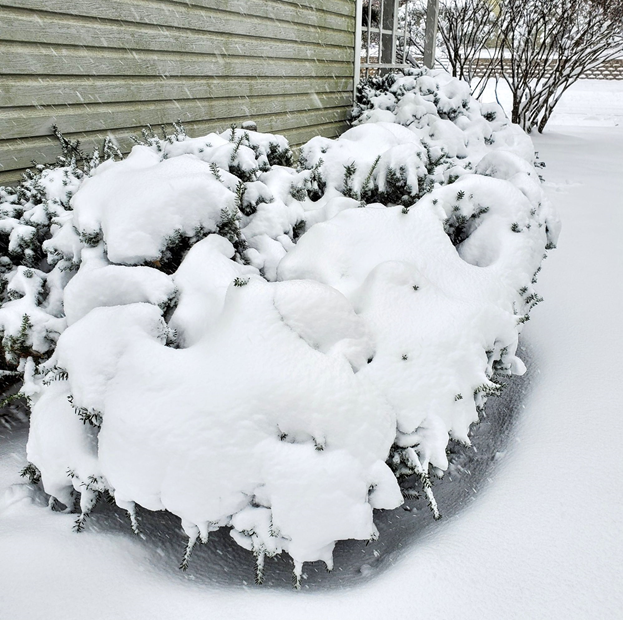
Heavy Snow on a yew
Lawn
Stay off your lawn throughout the winter and especially in the spring when the grass is waterlogged. You can cause damage when the grass is tender and coming out of its dormancy. Walking on tender grass could cause tearing and break up shoots and roots. Whenever there is frost on the ground, the turf is also very tender. Stepping on a frozen lawn can break the shoots and crush the crown of the plant. The grass plant cannot come back once the crown is damaged.
Salt Damage
To avoid salt damage and still keep you from slipping and falling, use an ice melt. Gertens carries a number of great products that will not damage your lawn, your pets' feet, or track into your home. If you have salt damage already, it is best to apply Gypsum which repairs road salt damage to lawns when applied to the area in the fall as a preventative measure, or in the spring as corrective. It can also be used for animal urine damage. Place one to two cups on affected area.
Gypsum is calcium sulfate and is used to improve soil structure, increase water and air movement, and increase plant growth and vigor. It is a good supplier of calcium and sulfur. Sulfur increases growth and maturity in plants and plays a major role in the formation of proteins in plants. Calcium provides structure to plant cells and membrane transport.
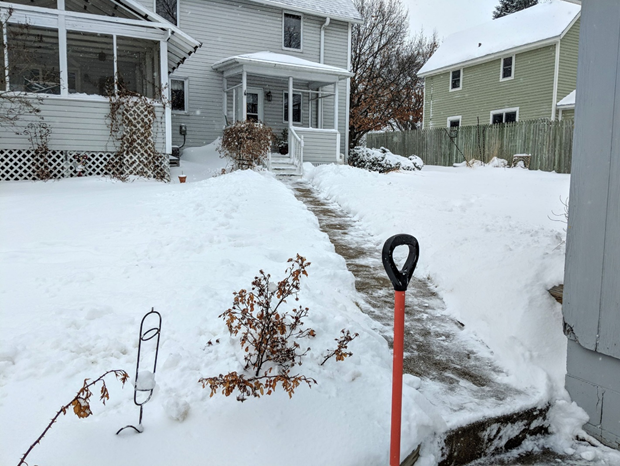
Protect your sidewalk and yourself with one of Gerten's ice melt products
Snow Mold
The more snow we get in a season, the more likely snow mold could occur on our lawns. A complex mix of fungi that thrive on moisture and are most active at 32 degrees causes snow mold. When snow cover has lasted for over three months, there is the possibility of getting snow mold. The signs of snow mold are most evident after the snow has melted in the spring. There are two different kinds of snow mold and each looks slightly different.
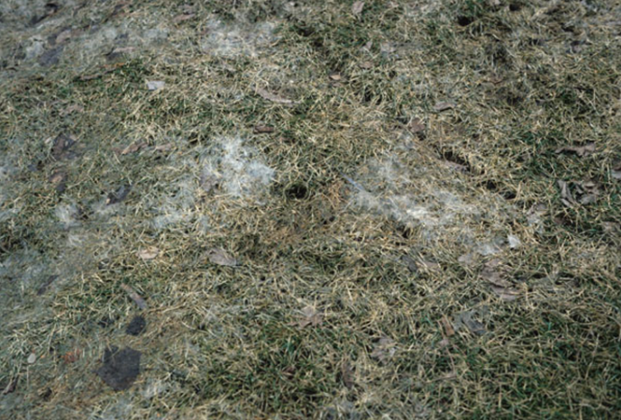
Gray Snow Mold - photo from the University of MN
Gray snow mold can occur if snow wascoverning the ground for 3 months. keep your grass shorter than 3 inches before winter and your lawn will be at less risk.
Pink Snow Mold - photo from the University of MN
How to control and prevent
- Use a late season winterizer fertilizer that has a small amount of slow-release nitrogen in the fall. Over feeding the lawn with Nitrogen promotes top growth.
- Keep lawn no longer than 3" going into the winter. Too much top growth will create a tall canopy, which is perfect snow mold culture.
- Rake or mulch all excess leaves in the fall. Do not leave them on the lawn going into winter.
- Prevent snow compaction by cars, snowmobiles, and sleds.
- A late fall application of a fungicide.
The experts at Gertens are always available to answer your questions!

